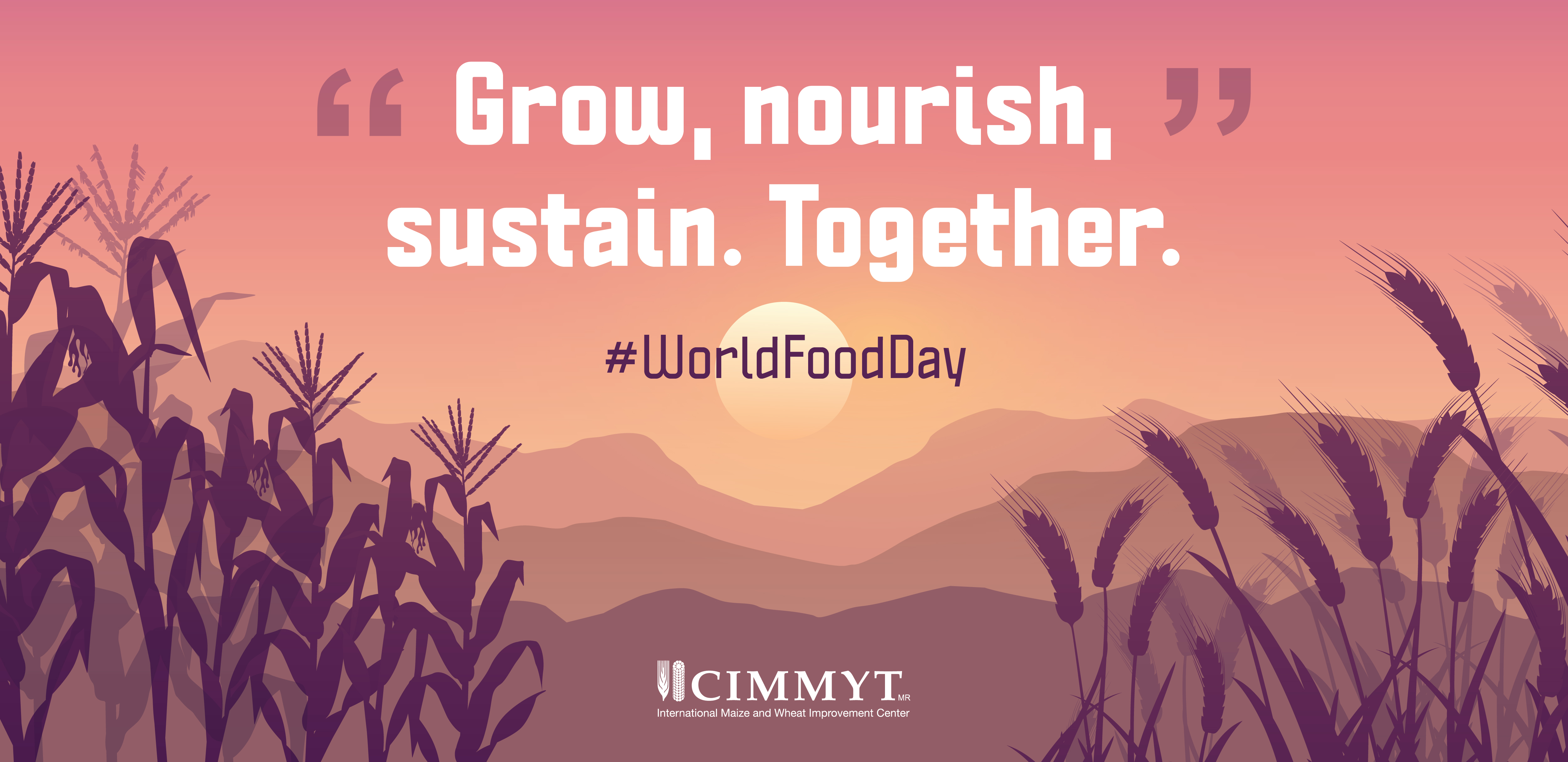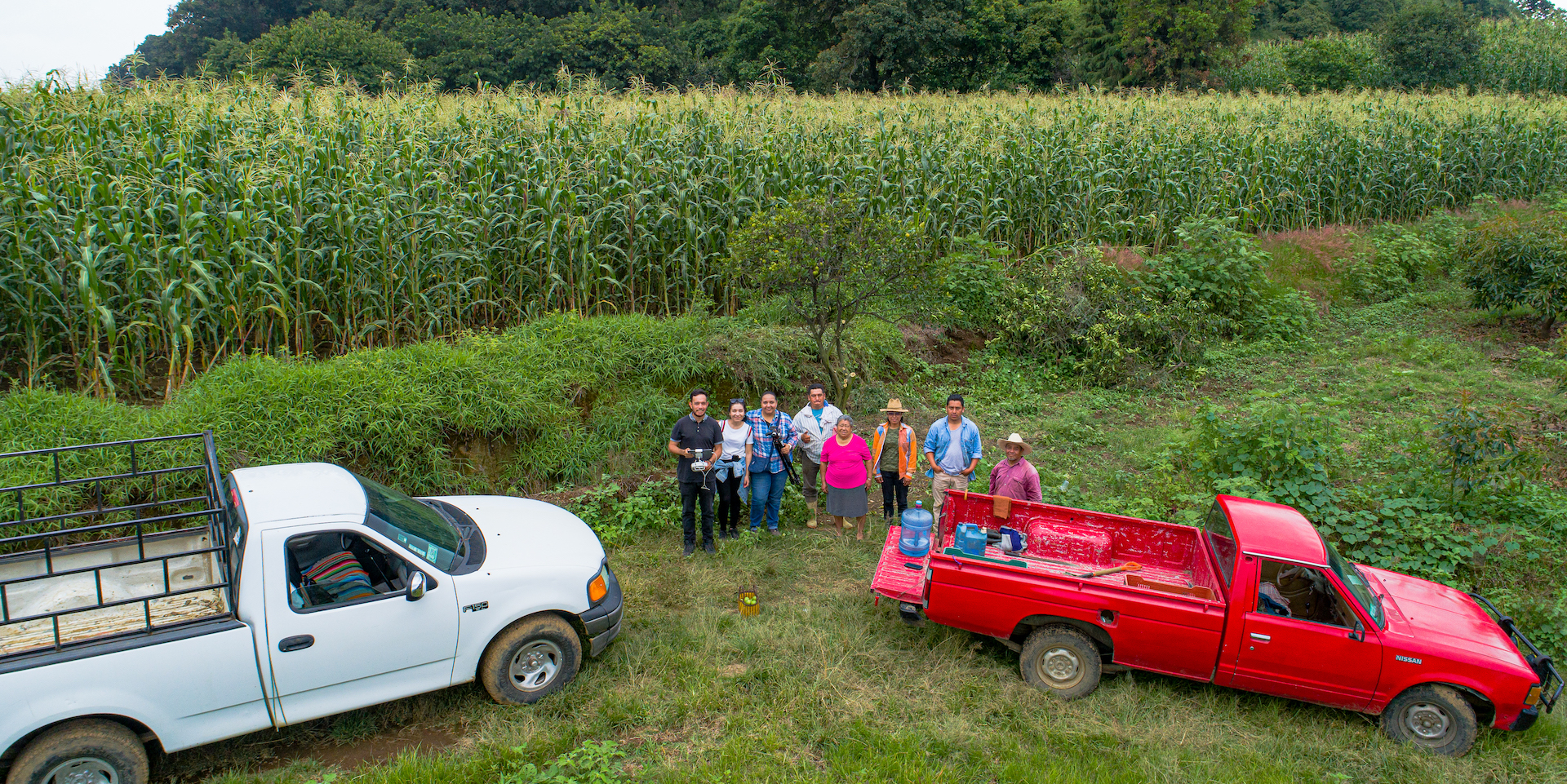
An international team of scientists has strengthened our understanding of how better fertilizer management could help minimize nitrous oxide (N2O) emissions while still achieving high crop yields in the new publication: Meta-analysis of yield and nitrous oxide outcomes for nitrogen management in agriculture. This research was conducted through a meta-analysis, where the results of multiple scientific studies were statistically combined.
To meet the world’s growing demand for food, farmers need fertile soil. Nitrogen, an essential element in plant fertilizer, can have extremely deleterious effects on the environment when not managed effectively. Numerous studies have confirmed that improving nitrogen use in agriculture is key to securing a food secure future and environmental sustainability.
“Society needs nuanced strategies based upon tailored nutrient management approaches that keep nitrogen balances within safe limits,” said Tai M Maaz, researcher at University of Hawaii at Manoa and lead author of the study.
When farmers apply nitrogen fertilizer to their crop, typically only 30-40% of it is taken up by the plant and the rest is lost the the environment. One byproduct is nitrous oxide (N2O), one of the most potent greenhouse gases in the atmosphere. Global agriculture is a major contributor of greenhouse gas emissions, especially those derived from nitrous oxide emissions.
Although farmers are now commonly told to practice fertilizer rate reduction, or simply put, to apply less fertilizer, there are cases where that strategy is either not possible or not advisable.
Alternative predictors of emissions
The study found that output indicators such as partial nitrogen balance (PNB), an indicator for the amount of nitrogen prone to loss, and partial factor productivity (PFP), a measure of input-use efficiency, predicted nitrous oxide emissions as well as or better than the application rate alone. This means that in some cases, where nitrogen rate reduction is not possible, nitrous oxide emission can still be reduced by increasing yield through implementation of improved fertilizer management practices, such as the “4Rs:” right source, right timing, right placement and right application rate.
Tek B Sapkota, climate scientist at the International Maize and Wheat Improvement Center (CIMMYT) and co-author of the study, emphasized that “rate reduction is still important in the cropping systems where the current level of nitrogen application is excessively high. But, when comparing the systems at the same nitrogen application rates, nitrous oxide emission can be reduced by increasing yield.”
“The 4R nutrient management practices must be tailored to specific regions to help close yield gaps and maintain environmental sustainability: the win-win scenario. The future will require public and private institutions working together to disseminate such nutrient management information for specific cropping systems in specific geographies,” said Sapkota, who is also a review editor of the Intergovernmental Panel on Climate Change (IPCC) sixth assessment report.
The article was a collaborative effort from the International Maize and Wheat Improvement Center (CIMMYT), the University of Hawaii, the Environmental Defense Fund, Plant Nutrition Canada and the African Plant Nutrition Institute. It was funded by the CGIAR Research Program on Climate Change, Agriculture and Food Security (CCAFS).
Read the full study:
Meta-analysis of yield and nitrous oxide outcomes for nitrogen management in agriculture
FOR MORE INFORMATION, OR TO ARRANGE INTERVIEWS, CONTACT:
Marcia MacNeil, Communications Officer, CGIAR Research Program on Wheat, CIMMYT. m.macneil@cgiar.org
About CIMMYT
The International Maize and Wheat Improvement Center (CIMMYT) is the global leader in publicly-funded maize and wheat research and related farming systems. Headquartered near Mexico City, CIMMYT works with hundreds of partners throughout the developing world to sustainably increase the productivity of maize and wheat cropping systems, thus improving global food security and reducing poverty. CIMMYT is a member of the CGIAR System and leads the CGIAR Research Programs on Maize and Wheat and the Excellence in Breeding Platform. The Center receives support from national governments, foundations, development banks and other public and private agencies. For more information, visit www.cimmyt.org

 Innovations
Innovations 


